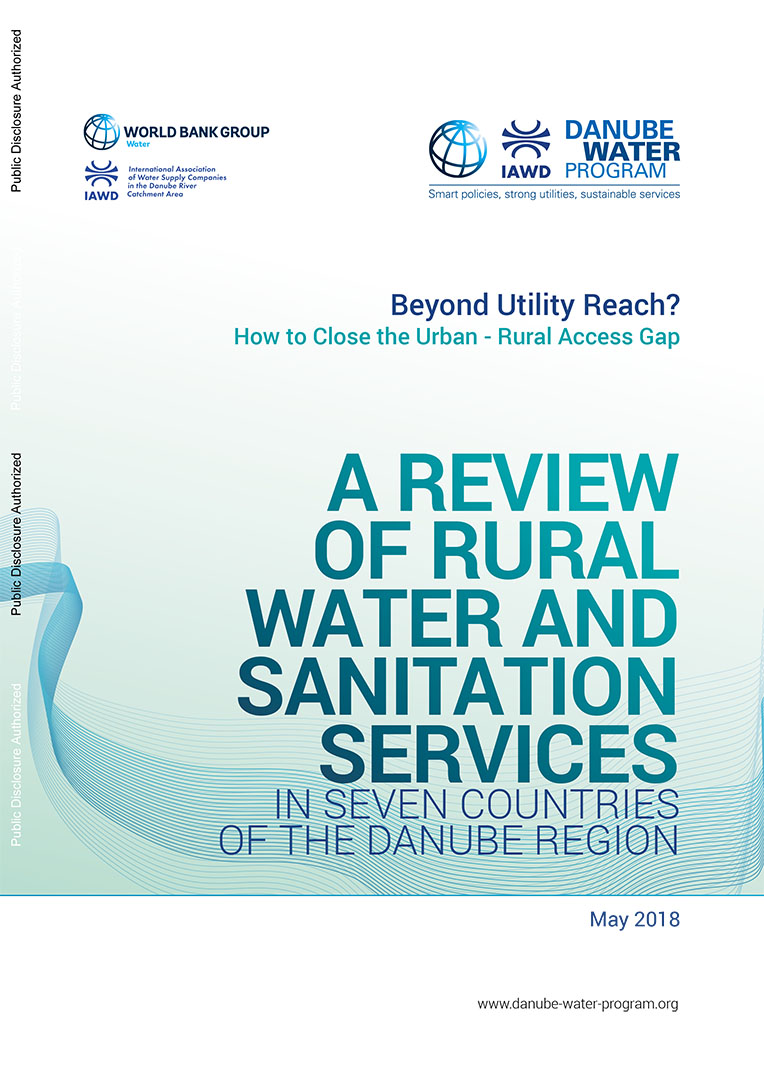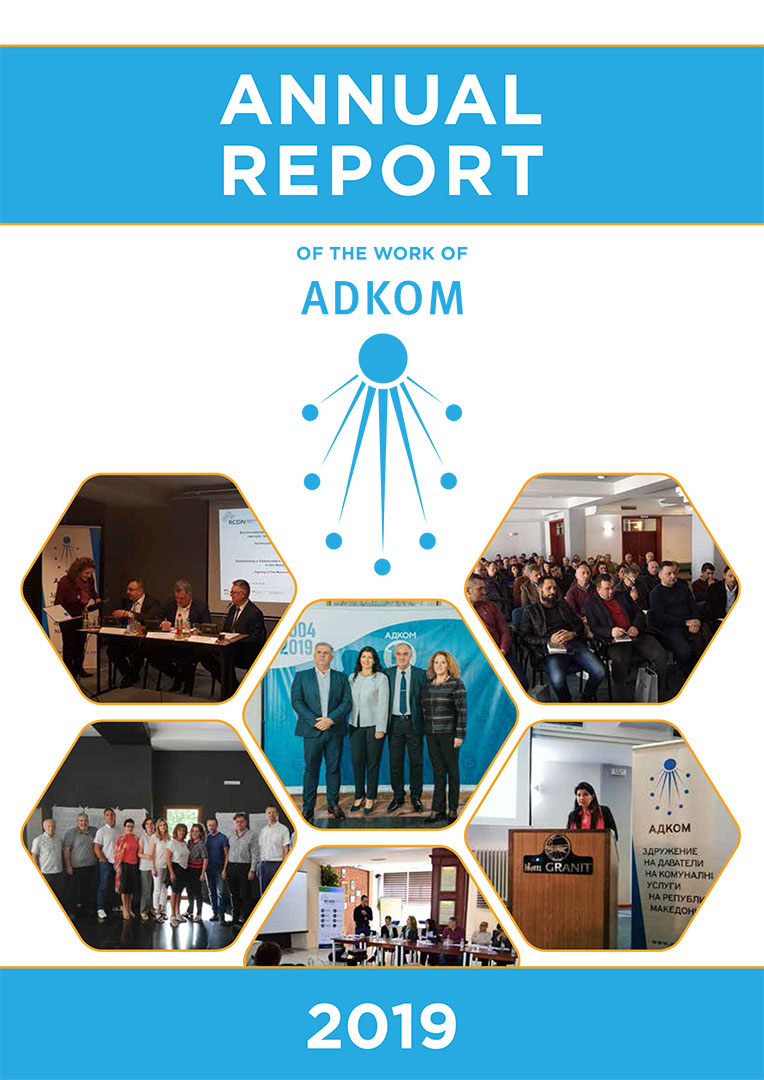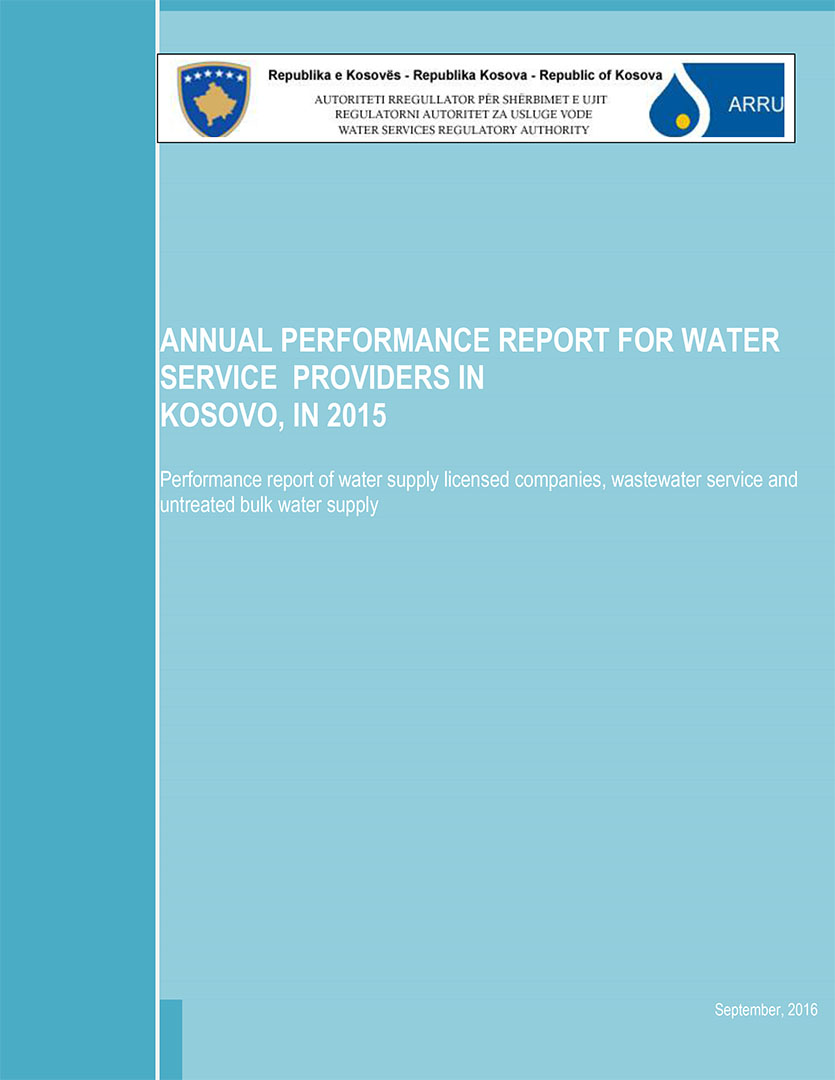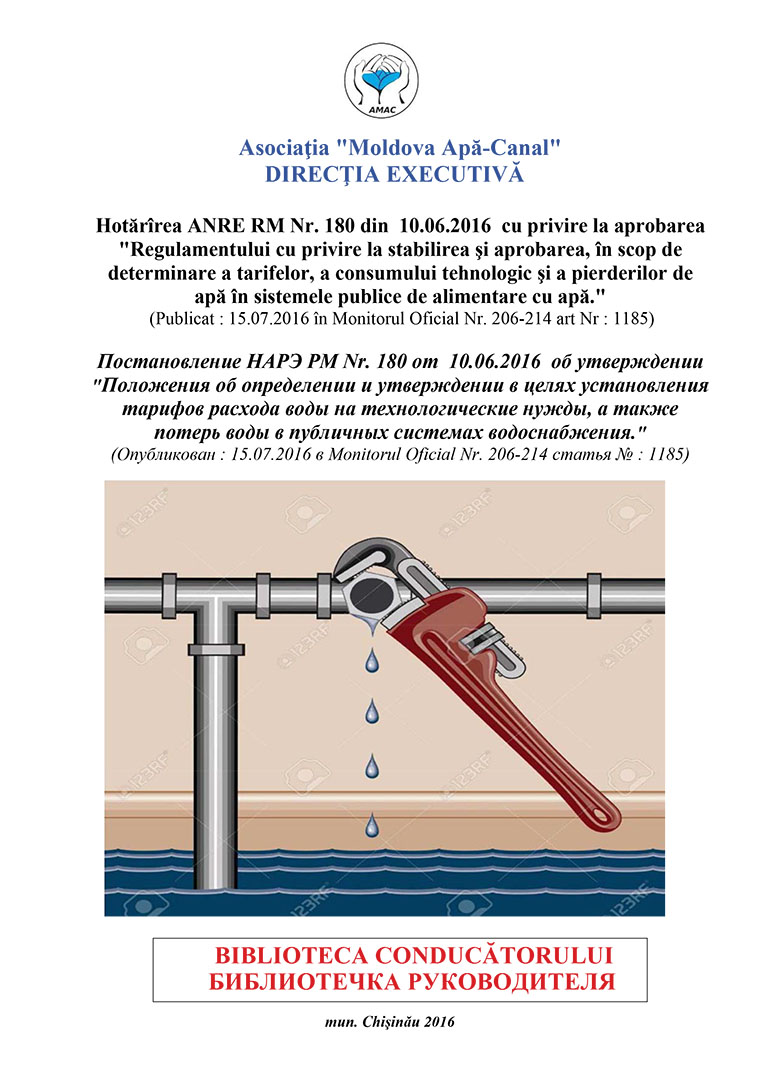Governments of countries of the Danube region face the double challenge of meeting their citizens demand for quality and sustainable water services, while catching up with the environmental requirements of the European Union. In general, the bulk of public investments have targeted urban areas, resulting in the improvement of drinking water systems and the development of wastewater collection and treatment infrastructure. This process is largely driven by EU accession and compliance targets and in several countries involves the regionalization of service providers. However, rural areas are lagging and significant service access gaps exist in comparison with urban areas. Approximately 28.5 million people remain without access to piped water supply and 22 million remain without flush toilet access in the region, of which at least eight out of 10 reside in rural areas. Goal 6 of the Sustainable Development Goals (SDGs) underlines the countries' commitment to achieving universal access to safe and affordable drinking water and safe sanitation and hygiene for all by 2030. Understanding how to effectively reach the rural population with "safely managed services" is paramount from the social inclusion as well as the human rights perspective. Given that the significant access gaps are a major barrier to fulfilling the SDGs, this study was launched to increase awareness and knowledge on how rural service provision is organized, to understand whether and how the aggregation through regional water utilities has effectively reached rural areas, and to present lessons and recommendations for expanding and improving the provision of services for rural populations. Seven countries— Albania, Bosnia and Herzegovina, Croatia, Kosovo, Moldova, Romania, and Ukraine—were selected because they represent a wide range of rural water outcomes, different challenges, and sector reform contexts.




